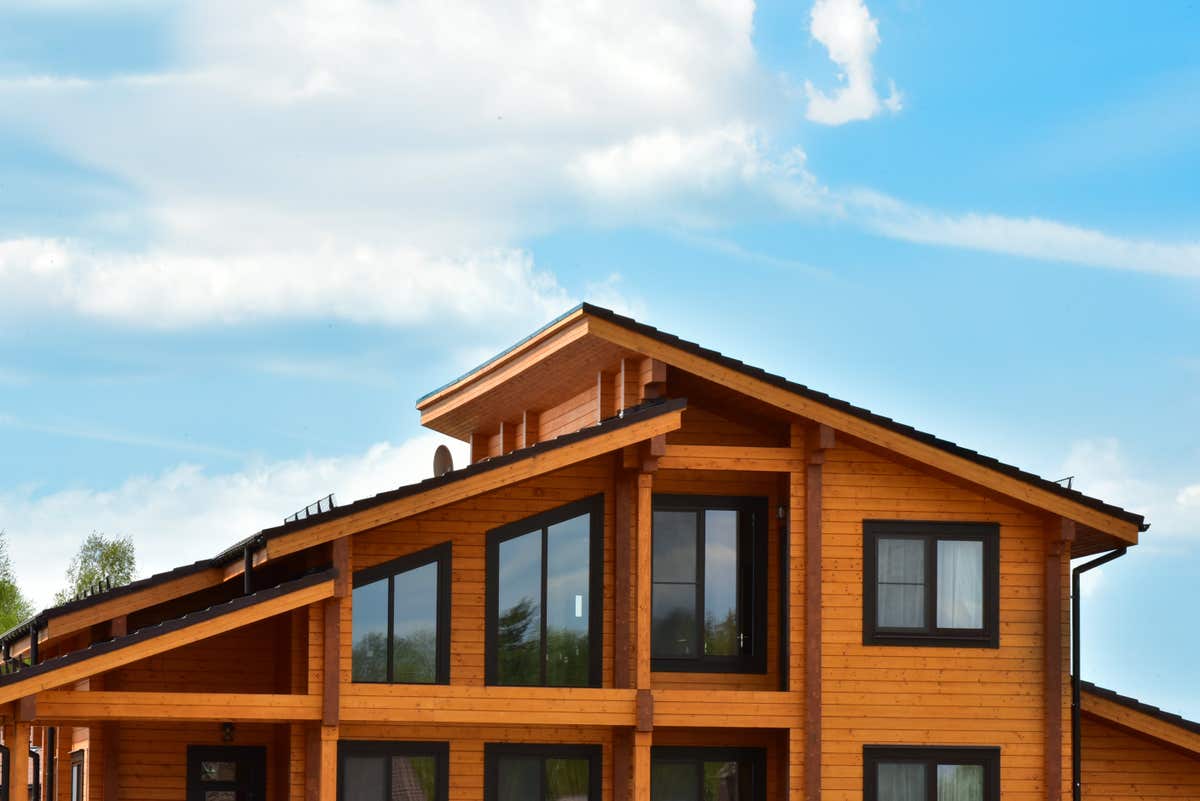When do insurance loss inspections happen?
An insurance loss inspection is simply an evaluation of the damage you experienced. It usually takes place within 48 hours of filing a claim.
For example, say a hurricane sent a tree through your roof, leaving your home exposed to heavy rain. A claims adjuster would visit your home to look over the damage, get the scoop on what happened, and collect data to determine the value of the loss, from your tree-torn roof to your water-damaged belongings.
Once you file a claim, we’ll reach out as soon as possible to arrange a loss inspection (if necessary). It’s best to move quickly because it means:
- The claim gets settled faster.
- The potential for unrelated damage that could complicate your claim is less likely.
Another benefit of loss inspections? They help deter fraudulent claims, and less fraud keeps insurance prices low.
How to prepare for a loss inspection
To make sure the inspection goes smoothly, plan ahead.
Take photos of the damages as soon as you safely can. You may need to mitigate further damage, too. For example, if a pipe burst and the living room is filled with water, you’ll want to take pictures both before and after you remove the water as best as you can to prevent more losses.
Keep all receipts from remediation services or temporary repairs. For example, if someone broke a window during a robbery, you may have temporarily boarded up the space to keep out the elements and unwanted visitors.
Don’t throw away damaged items. Inventory them, store them, and protect them so the adjuster can see the items as they are. While pictures are good, the actual item will tell a more complete story.
When the claims adjuster comes, secure your pets so the inspector has free access to the area. Don’t be surprised if they measure the room to draw and document the scale of the damage.
What to expect after the loss inspection
After the loss inspection, your claims specialist will prepare an estimate of damages and review your homeowners policy to see how much coverage applies. The final assessment shows what’s covered and what isn’t.
If the total damage is less than your deductible, you’ll be notified that the claim isn’t eligible for coverage. (Learn more about when to file a claim here.) If the damage is more than your deductible and covered by your policy, you will receive payment for the cost of repairs and replacements (minus your deductible). So if your deductible is $2,000 and your claim is valued at $10,000, you would receive $8,000.
If you have a mortgage, your lender may be included as a payee to protect their interests in the property and ensure repairs are made.
You have a bill of rights, too. In Florida, your claim must be acknowledged within 14 days. Once you have a proof-of-loss statement, you have a right to know within 30 days if your claim is covered and to what extent. Covered claims should be paid within 90 days from the day the proof-of-loss statement was sent.
How loss inspections help prevent fraud
The FBI estimates more than $40 billion in fraudulent property and casualty claims happen each year. And fraud costs everyone big time, not just insurers. To account for fraudulent losses, policyholders may see premiums increase. On average, fraud costs the average family between $400 and $700 a year.
Insurance loss inspections are an opportunity for an adjuster to see what happened firsthand. They can inspect the property, evaluate the loss and how it occurred, and determine whether the account of what happened matches the damage. If the adjuster suspects fraud, the claim can be investigated further.


